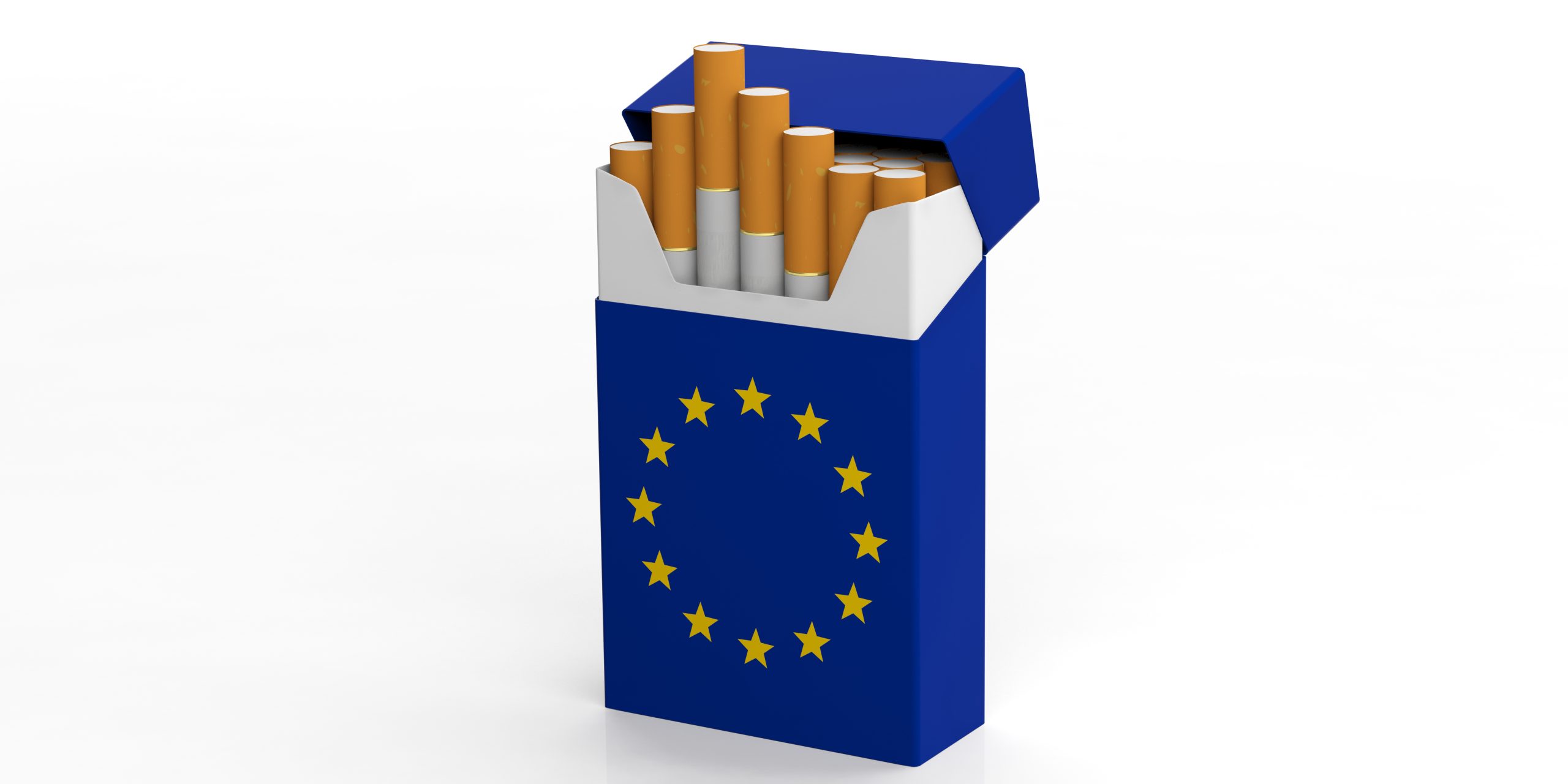Beyond Borders: Many Countries Are Reducing Smoking While the EU Holds Back
15th Oct 2025

Around the world, countries that regulate safer nicotine alternatives are seeing smoking rates fall. From Sweden’s snus legacy to the UK’s vaping-first strategy, the evidence is clear: people quit smoking when governments support harm reduction. But while many countries are refining their policies based on new evidence that alternatives work, the EU is preparing to slam the brakes—threatening to ban nicotine pouches, restrict flavours, and hike tobacco taxes to fund its next long-term budget.
This isn’t just regulatory divergence. It’s a public health fault line that could cost lives.
Sweden: The Blueprint for Low Smoking Rates
Sweden has the lowest smoking rates in Europe with just 5% daily smokers. That’s no accident. The country has long embraced snus and now regulates nicotine pouches under the Act on Tobacco-Free Nicotine Products (2022:1257). These products are treated as a distinct category, with clear rules on product notification, marketing, legal age (18+), and compliance enforced by the Public Health Agency.
Why it works:
- Products are legal, regulated, and accessible.
- Enforcement targets safety and marketing—not consumer choice.
- Harm reduction is baked into national policy.
United Kingdom: Vaping with Confidence
The UK’s smoking rates have dropped to historic lows, thanks in part to its clear stance on vaping. The NHS calls e-cigarettes “far less harmful than smoking” and encourages their use as quit aids. Under the Tobacco and Related Products Regulations 2016, products are tightly regulated for safety and quality.
Why it works:
- Public health messaging is clear and supportive.
- Vaping is normalized as a quit tool.
- Regulation protects consumers without blocking access.
United States: Piloting a Smarter Path
The FDA is testing a pilot program to ease the regulatory burden for nicotine pouch manufacturers. While pouches are still treated as tobacco products under the PMTA pathway, the agency is exploring risk-based toxicology standards to accelerate access for lower-risk products.
Why it matters:
- The FDA is acknowledging product risk differences.
- Regulatory flexibility could expand access to safer options.
- Smoking rates are declining—but could fall faster with clearer messaging.
European Union: Repeating a Harmful History
The EU’s proposed crackdown on nicotine pouches is déjà vu. In 1992, the EU banned snus across member states, despite Sweden’s success in using it to drive smoking rates to the lowest in Europe. That ban remains in place today, even as Sweden’s model continues to outperform the rest of the continent.
Now, the EU is poised to repeat that mistake. A leaked proposal reveals plans for a total ban on nicotine pouches, flavour restrictions, packaging limits, and a reversal of the burden of proof—making manufacturers liable for alleged harms. According to Politico, this echoes the EU’s decades-long “war on Big Tobacco,” but now targets products that aren’t tobacco at all.
And there’s another twist: the EU is proposing to use revenue from higher tobacco taxes to help fund its next long-term budget. As Euractiv reports, Sweden has rejected the plan, warning that it would discourage smokers from switching to safer alternatives like snus and pouches. If the bloc becomes financially dependent on cigarette taxes, it creates a perverse incentive to keep people smoking.
Why it’s dangerous:
- The EU is ignoring Sweden’s harm reduction success with snus and pouches.
- Banning safer alternatives risks pushing smokers back to cigarettes.
- Funding the budget with tobacco taxes undermines public health goals.
This matters because smoking remains Europe’s leading preventable cause of cancer. According to Cancer Prevention Europe, smoking causes an estimated 20% of all cancer cases across the continent—including lung, bladder, and pancreatic cancers. In some countries, smoking accounts for over 30% of cancer deaths.
Smoking Rates vs. Policy Direction
| Country/ Region | Smoking Rate Trend | Nicotine Product Policy | Harm Reduction Stance |
| Sweden | Lowest in Europe | Snus and pouches legal and regulated; vaping permitted | Strongly supportive; harm reduction central to strategy |
| UK | Historic lows | Vaping tightly regulated and endorsed; pouches unregulated | Strongly supportive on vaping; public health-led |
| U.S. | Gradual decline | Vapes and pouches regulated as tobacco; pilot easing underway for pouches | Cautiously supportive; regulatory flexibility emerging |
| EU | Stagnating | Snus banned; proposed bans on pouches, flavours, and packaging; tobacco tax funding proposed | Opposed; prohibitionist stance despite evidence |
The Bottom Line
Countries that regulate access to safer nicotine products are seeing smoking rates fall. Sweden and the UK offer clear evidence that harm reduction works. The U.S. is moving toward smarter oversight.
Unfortunately, the EU is poised to go backwards. By banning nicotine pouches, restricting flavours, and tying its budget to tobacco tax revenue, it risks undoing hard-won gains and pushing citizens toward more dangerous products. The science is clear. The success stories are real. The tobacco-related disease burden is deadly. But will Brussels consider the evidence?






